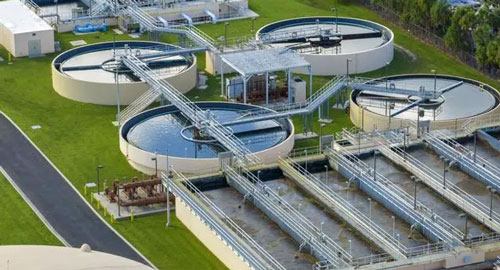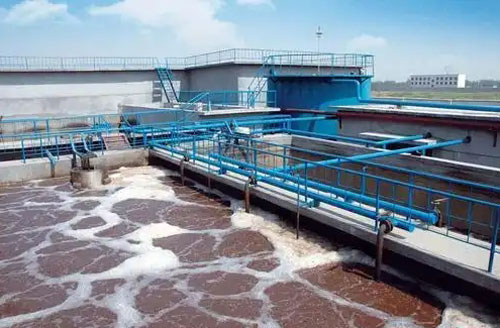I. Introduction
Trisodium phosphate (TSP) is an important inorganic salt compound with a wide range of applications, so in the process of its production and use will produce wastewater containing trisodium phosphate.

II.Characteristics of wastewater containing trisodium phosphate:
A. High phosphorus content:
Because trisodium phosphate itself is rich in phosphorus, it has a high phosphorus content in the wastewater. It is considered to harmful to the water nutrient balance, that too much phosphorus may cause plant grow to fast, and damage the ecosystems in water. So, some region like Europe has regulations to restrict the using of trisodium phosphate as detergent (For the details please check the article “is trisodium phosphate banned in europe“).
B.Strong alkaline:
The aqueous solution of trisodium phosphate is strongly alkaline, resulting in a high pH value of the wastewater.
C. Containing other pollutants:
In addition to trisodium phosphate, the wastewater may also contain other organic matter, inorganic salts , and other pollutants.

D. Large fluctuation of water quantity:
Water consumption and wastewater discharge in the production process may fluctuate due to factors such as production scale and operating conditions.
From above characteristics , we could find that trisodium phosphate is polluted. Furthermore, we need to know that trisodium phosphate is poisonous to human body too.
III.Trisodium phosphate wastewater treatment method:
A. Acid-base adjustment method:
By adding acid-base adjusting agent, the pH value of wastewater is adjusted to a suitable range, creating conditions for subsequent treatment. Commonly used acid-base adjusting agents include acid and alkali solutions.
B. Chemical precipitation method:
1. Dosing precipitation:
Add precipitants such as iron salt and aluminum salt to the wastewater to react with phosphate ions to generate insoluble precipitates, and remove phosphorus in the wastewater by precipitation.

2. Coagulation precipitation:
Add coagulants such as polymerized aluminum chloride (PAC), polyacrylamide (PAM), etc., to promote the aggregation and precipitation of colloidal particles and tiny suspended matter in wastewater.
C. Biological treatment:
For wastewater containing high concentration of organic matter, aerobic biological treatment or anaerobic-aerobic biological treatment process can be used to utilize the metabolic action of microorganisms to degrade organic matter.
D. Deep treatment:
Further removal of suspended and dissolved organic matter in wastewater by filtration, activated carbon adsorption, etc.

E. Dilution treatment method:
Applicable to the concentration of trisodium phosphate wastewater is not high, through a large number of water flushing dilution discharge, so that the pH value of the mixed wastewater between 6 to 9, suspended solids less than 500 mg/liter, so that the discharge of the wastewater basically meets the national standards.
IV. Conclusion
In conclusion, wastewater with trisodium phosphate is generated during its production and use, because of there are so many trisodium phosphate uses in our lives. These wastewaters are characterized by high phosphorus content, strong alkalinity, the presence of other pollutants such as organic and inorganic salts, and fluctuating amounts of water.
The selection of treatment methods for wastewater should depend on the specific composition of the wastewater and the treatment requirements.
For example, chemical precipitation is highly efficient but requires the addition of chemical reagents, biological treatment is environmentally friendly but has a long treatment time, and dilution treatment is simple and easy to use but may increase the volume of wastewater. In practice, a combination of methods is often required to achieve optimal treatment results.

